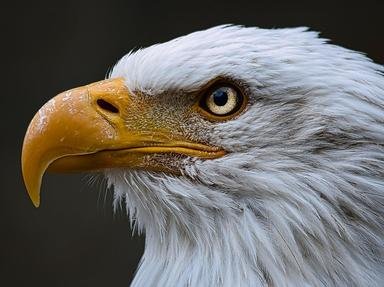Quiz Answer Key and Fun Facts
1. What long-tailed gray bird finds a high perch and performs a series of imitated songs, usually singing each snippet of plagiarism twice or three times before moving on to the next?
2. What bird soars above the treetops, giving an occasional scream, and is identifiable by the color of its tail?
3. You're far more likely to hear this bird on a spring and summer night, than to see it. What birds call their name back and forth incessantly to each other, most of the night in the trees?
4. What large woodpecker is identifiable by its size, red head, black and white wings, and loud raucous call?
5. This little brown bird always seems to be angry about something and is determined to let everyone know, with a loud scolding voice, as it flicks its tail in the air. Do you recognize it?
6. This big coppery-brown bird is hard to mistake for any other. It struts around on the ground in groups, clucking or gobbling, but flies to treetops if startled. What is it?
7. What bright red bird with a crest lives in the eastern U.S.? The female is duller in color.
8. What little bird, blue with russet sides and a paler stomach, is a symbol of happiness?
9. This little bird, most noticable in the winter, has a familiar black cap and says its name followed by two or three repetitions of "dee." What is it?
10. This black bird with a brown head is about the size of a robin. It hangs around cattle in pastures and eats the insects they stir up. What is it called?
Source: Author
littlepup
This quiz was reviewed by FunTrivia editor
rossian before going online.
Any errors found in FunTrivia content are routinely corrected through our feedback system.

